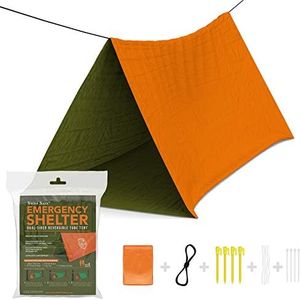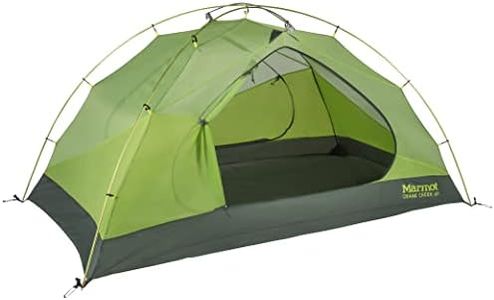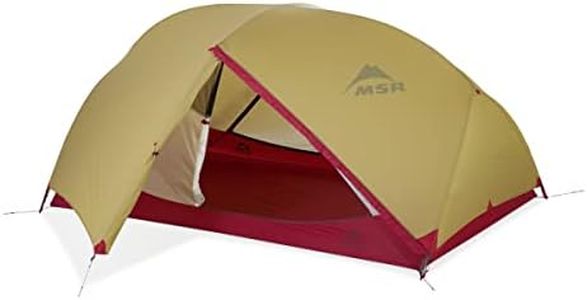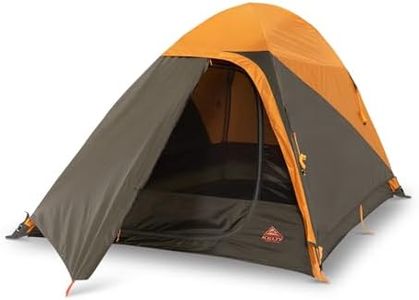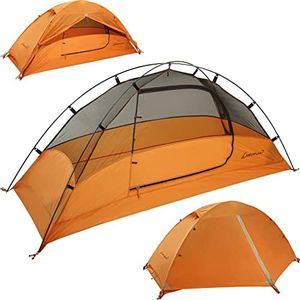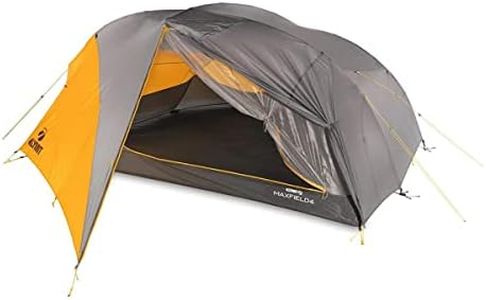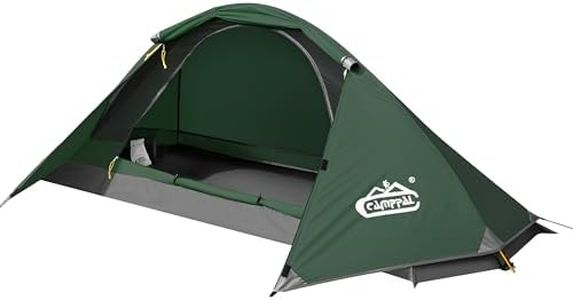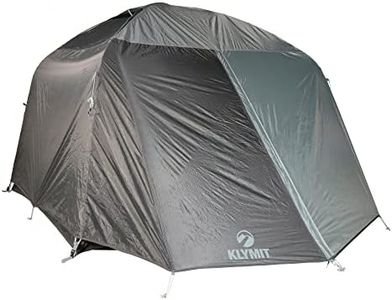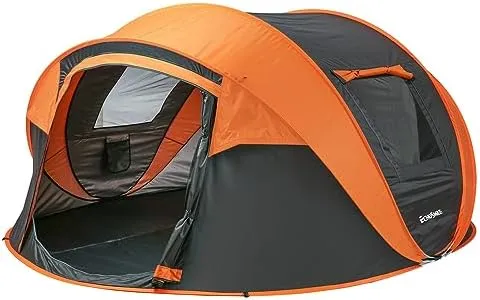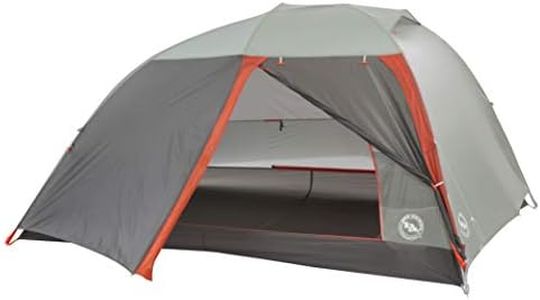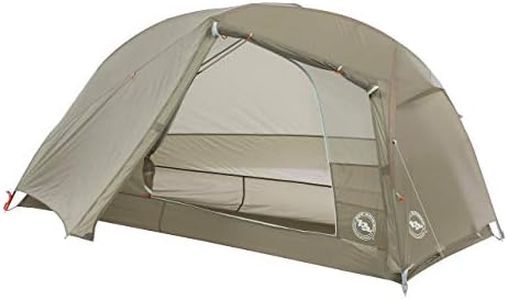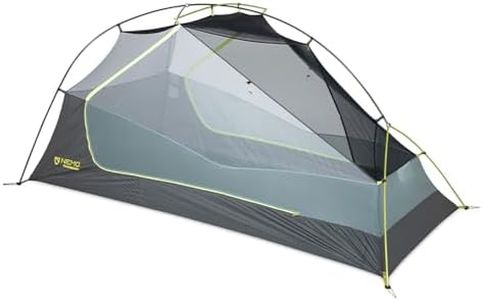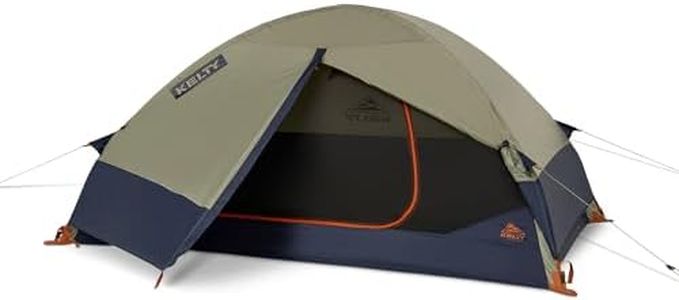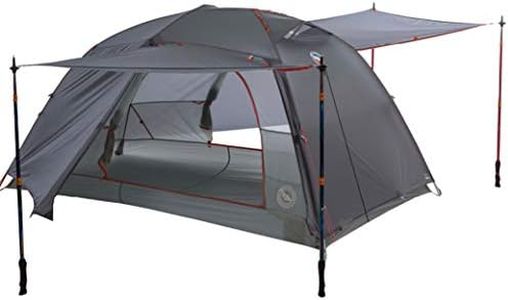10 Best Cheap Lightweight Backpacking Tent 2025 in the United States
Our technology thoroughly searches through the online shopping world, reviewing hundreds of sites. We then process and analyze this information, updating in real-time to bring you the latest top-rated products. This way, you always get the best and most current options available.

Our Top Picks
Marmot Crane Creek 2P Tent | Marmot Tent, Two-Person, Lightweight and Durable for Backpacking, Camping, Mountaineering in Fall
Most important from
1093 reviews
The Marmot Crane Creek 2P Tent is a solid choice for backpackers and campers looking for a lightweight and durable shelter. Weighing in at 2400 grams (around 5.3 pounds), it is light enough for backpacking trips without feeling overly burdensome. The tent provides ample space for two people with its 32 square feet floor area and offers convenient access with two D-shaped doors and additional storage with two overhead vestibules. This makes it practical for organizing gear and easy entry and exit.
The tent's waterproof features are commendable, with seam-taped floors and a polyester rainfly that ensures you stay dry in wet conditions, which is especially useful for Fall camping. The 7000 series aluminum poles contribute to the tent's durability, making it resilient in various weather conditions. Ventilation is adequately addressed with the design, preventing condensation buildup and enhancing comfort during use. However, the packed size of the tent, measuring 23.25 x 7.75 x 7.75 inches, might be larger than some ultra-compact models, which could be a consideration for those looking to minimize pack space.
The tent is designed for Fall and potentially Winter use, which might limit its utility in warmer seasons. Setting up the tent is straightforward with its clip attachment mechanism, though it may require some practice for beginners. In summary, the Marmot Crane Creek 2P Tent offers a good balance of lightweight portability, durability, and weather resistance, making it suitable for budget-conscious backpackers and campers looking for a reliable two-person tent.
Most important from
1093 reviews
MSR Hubba Hubba 2-Person Lightweight Backpacking Tent
Most important from
75 reviews
The MSR Hubba Hubba 2-Person Lightweight Backpacking Tent is designed with backpackers in mind, offering a great balance of weight, comfort, and livability. Weighing just 2 lbs. 14 oz, it's light enough for long treks without adding significant burden. Its rectangular floorplan provides maximum space, and the 40-inch headroom ensures comfort for two people. With two large vestibules, you have ample space to store gear securely.
The tent is suitable for three-season use, thanks to the waterproof DuraShield fabric and taped seams that keep rain out effectively. The Easton Syclone Poles are durable and can withstand challenging and windy conditions, which adds to its reliability. The rainfly includes a StayDry door and kickstand vent for added ventilation, preventing condensation buildup inside the tent. Setting up is quick and easy due to the unified hub-and-pole system, and everything fits neatly into the compact stuff sack for easy transportation.
However, the 1500 mm water resistance might not be ideal for extreme wet weather conditions. Additionally, while the tent is durable, regular usage in harsh environments might wear it down faster. The packed size is convenient for backpacking, but some might find it slightly bulky for ultra-light packing standards. Weighing 2.9 pounds on the trail might also be on the heavier side for those who prioritize ultra-light gear. Despite these minor drawbacks, the tent offers robust performance for backpacking, trekking, and other outdoor activities.
